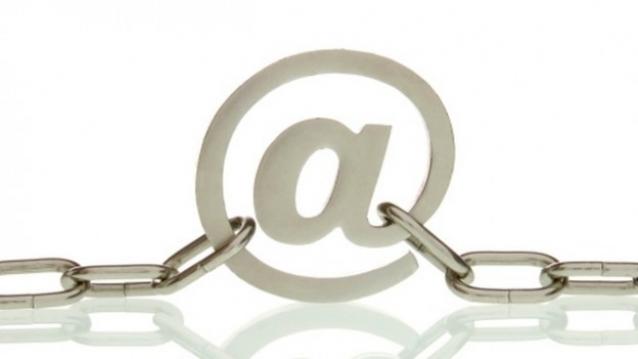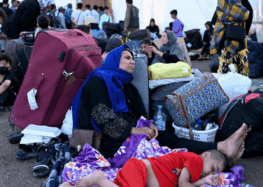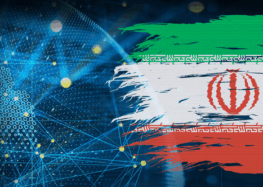Official Claims of Smart Internet Filtering Overblown, but Efforts to Monitor Users Grow
Despite recent claims by state officials that the government has developed the ability to selectively block “inappropriate and illegal” content and that smart filtering would be installed on the country’s Internet gateways, and their assertion that they have already implemented such smart filtering on social networks such as Instagram, research by the International Campaign for Human Rights in Iran indicates that social networks continue to be blocked through traditional methods such as blocking Internet addresses and IP’s.
However, state authorities are moving forward on the development of a user identification system that would strengthen the state’s ability to selectively block access to online content from the user side, and to monitor and restrict the online activities of certain groups of users designated by the state.
Claims that the authorities can selectively implement Internet filtering based on content identification of a website or a social network are technically unsupportable. Iran does not have the ability to implement Internet filtering based on selective content identification. Most Internet content is encrypted through SSL certificates and thus authorities cannot analyze the content of a website that’s encrypted. Moreover, it would be impossible to analyze the entire Internet traffic in Iran; there is simply too much of it, one would need to have data centers on the magnitude of Google’s huge data storage centers to collect and analyze the data. In addition, the technology for analyzing video and photos is still rather weak.
Yet selective content filtering continues to be prominent in the internal Iranian government debate over Internet censorship, despite its technical improbabilities, because of the domestic politics of Internet censorship in Iran. Hardliners dominant in the Intelligence and security branches, in the Judiciary, and in the Parliament, want to cut Iranians off from the global Internet, allowing online access only through the government’s developing National Information Network (essentially a domestic Iranian Intranet, detailed in the Campaign’s report, Internet in Chains: The Front Line of State Repression in Iran) in which only content deemed appropriate by the state is available.
The Rouhani administration has argued that the country’s citizens should not be completely cut off from the global Internet, and has suggested that “smart filtering,” in which only the objectionable content within a particular site or social network is blocked, would give the authorities a measure of control over Internet use in Iran without completely cutting the people of Iran off from sites that are integral to modern communications. Given the technological obstacles to content-based filtering, however, this compromise measure does not seem likely to hold much promise for resolving the dispute.
Inflated claims on content-based filtering should not obscure the fact that Iranian organizations in charge of Internet censorship have continued to move forward with the development of other tools that will strengthen state control over Internet access and the state’s ability to monitor online activities. The authorities’ simultaneous approach to Internet censorship from the user side, involving development of a system whereby users in Iran will be assigned “Internet numbers” that will identify groups of individuals for which the authorities wish to restrict Internet access, is technologically more feasible.
According to the Iran IT Analysis and News website, Iranian Internet users will soon each be assigned such a number, so that each user accesses the Internet with a specific identification code, just as telephone users each use a specific land line or cell phone number. The new Internet number will classify individuals by group based on criteria such as age, education and occupation. Some groups would be allowed access to certain online content, other groups would be denied. The system would thus involve the identification of users, and would enable the government to control their Internet access and activities. It would greatly enhance the state’s ability to block access based on targeted individual profiles.
In his latest remarks effectively acknowledging the focus on user as opposed to content-based filtering, Mahmoud Khosravi, Head of Iran Telecommunications Infrastructure Company said, “Smart filtering is not supposed to be implemented in the international gateway, because there are a lot of complications in that gateway. Therefore, the smart filtering will be implemented in the access layers, which could entail the ISP, the operations, or the provincial layers, which is yet to be determined.” Khosravi further described how the “smart” filtering of access levels of the Internet content will be determined by the above mentioned factors such as age and profession.
This new system, if fully implemented, will have two effects. First, it will necessitate the identification of users. This is a serious violation of users’ privacy and it exposes them to the risk that their personal information and Internet activities will be made accessible to security and state agencies. For individuals engaged in social or political activism online, or indeed any activities the authorities disapprove of, the consequences of such identification can be catastrophic: individuals have been arrested, convicted of vague national security related crimes, and sentenced to long prison sentences based on their online activities and content retrieved and found objectionable by state authorities.
Secondly, it will also allow the authorities to limit access to information (to the various groups it designates), which is a violation of the basic right to information declared universal by the United Nations in 2012. It will also enable authorities to control the content individuals are able to produce and republish online, which is a violation of the basic human right of freedom of speech.







